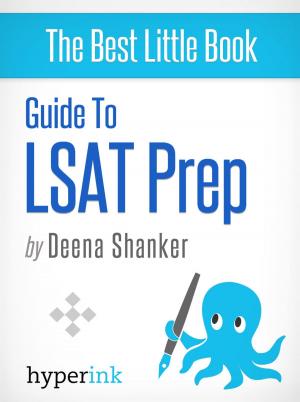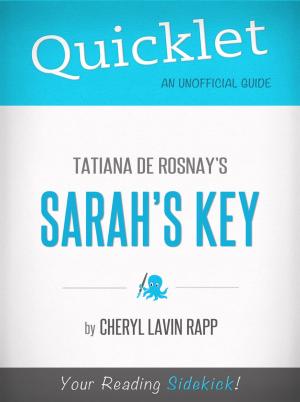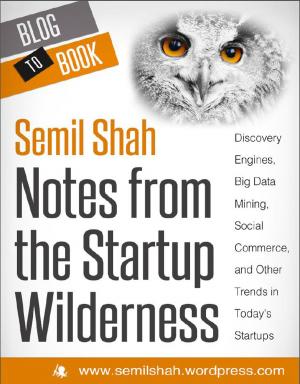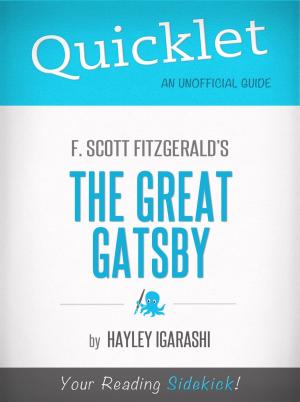| Author: | John Andrews | ISBN: | 9781614642862 |
| Publisher: | Hyperink | Publication: | May 15, 2012 |
| Imprint: | Hyperink Quicklet | Language: | English |
| Author: | John Andrews |
| ISBN: | 9781614642862 |
| Publisher: | Hyperink |
| Publication: | May 15, 2012 |
| Imprint: | Hyperink Quicklet |
| Language: | English |
While it takes the form of a fairly conventional murder mystery show, Castle delights in misdirection, red herrings, and character interaction. When other shows focus on forensic evidence or legal maneuvering, Castle tells the story of the victim: how they got to the point at which someone else felt compelled to snuff out his or her life. A crime novelist shadowing a police detective for three years requires some suspension of disbelief, but the trust Beckett shows in Castle, and the value he lends to investigations, makes it plausible. Castle also excels at blurring the lines between its fictional universe and the real world. It's not unusual for a modern television show to set up the occasional Web site as a promotional tool, but Castle doesn't stop there. Male lead Nathan Fillion is a Twitter star with well over a million followers, but his character Richard Castle also tweets regularly-though the latter can claim only 72,000 followers, as of this writing.
While it takes the form of a fairly conventional murder mystery show, Castle delights in misdirection, red herrings, and character interaction. When other shows focus on forensic evidence or legal maneuvering, Castle tells the story of the victim: how they got to the point at which someone else felt compelled to snuff out his or her life. A crime novelist shadowing a police detective for three years requires some suspension of disbelief, but the trust Beckett shows in Castle, and the value he lends to investigations, makes it plausible. Castle also excels at blurring the lines between its fictional universe and the real world. It's not unusual for a modern television show to set up the occasional Web site as a promotional tool, but Castle doesn't stop there. Male lead Nathan Fillion is a Twitter star with well over a million followers, but his character Richard Castle also tweets regularly-though the latter can claim only 72,000 followers, as of this writing.















